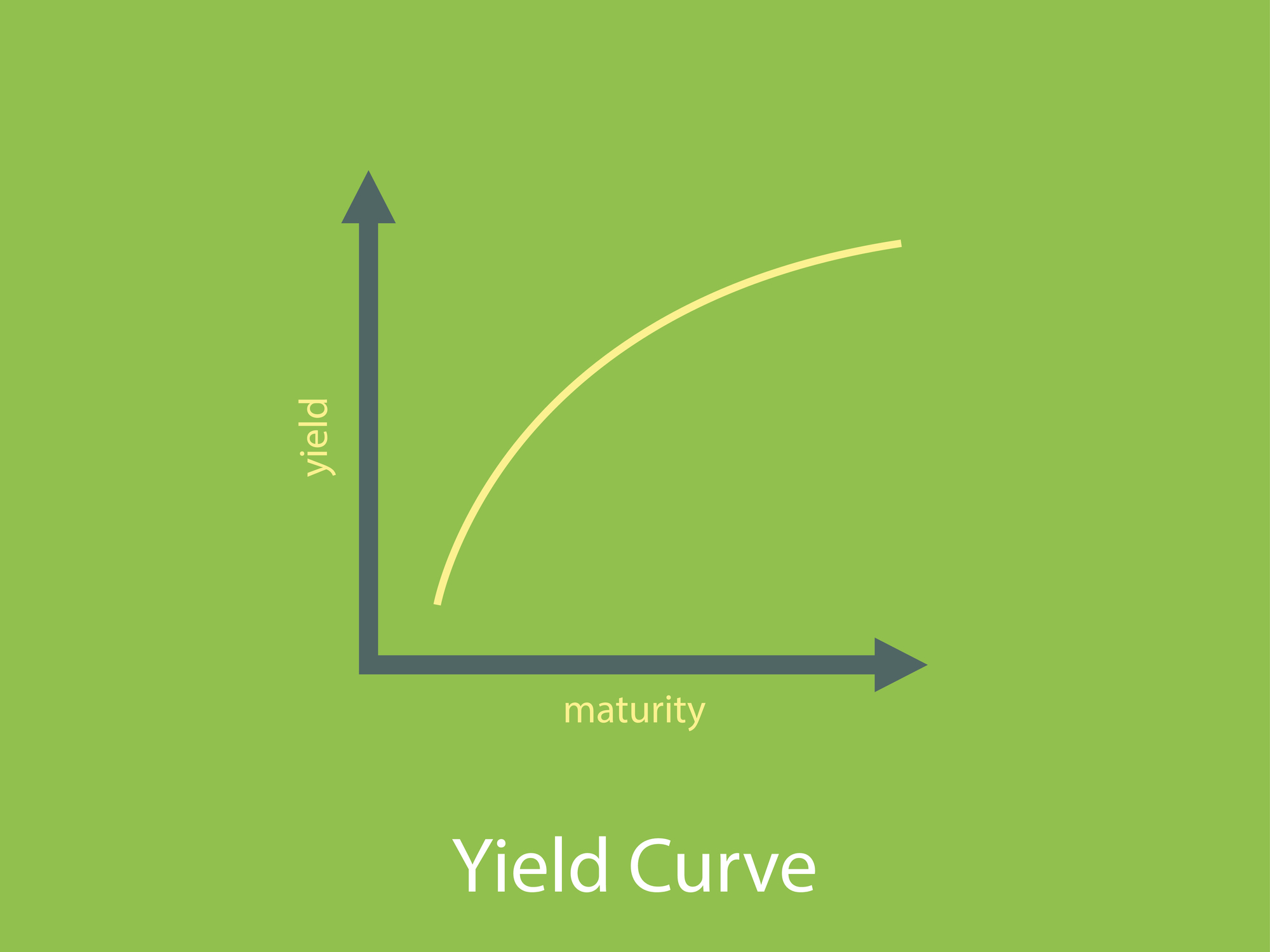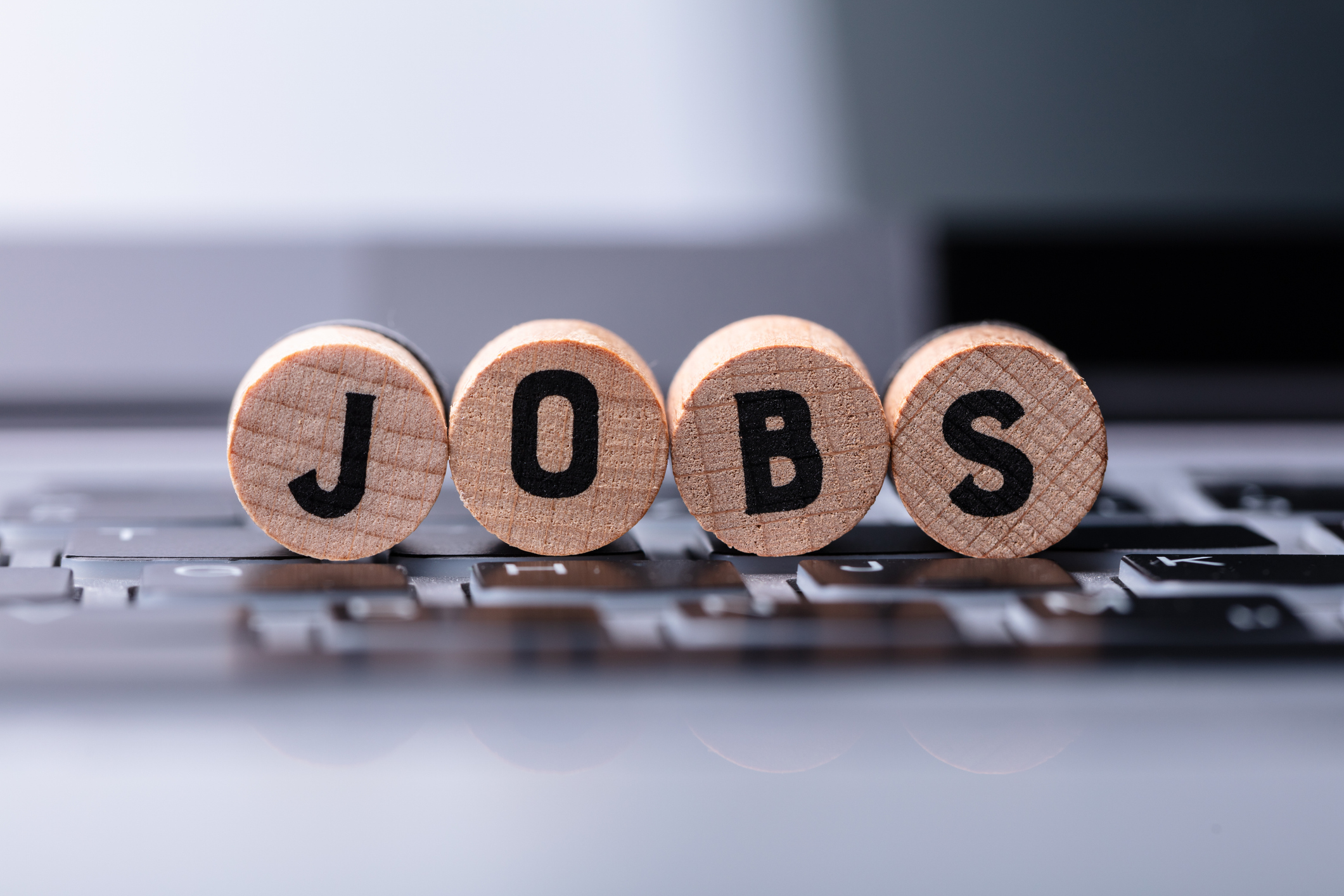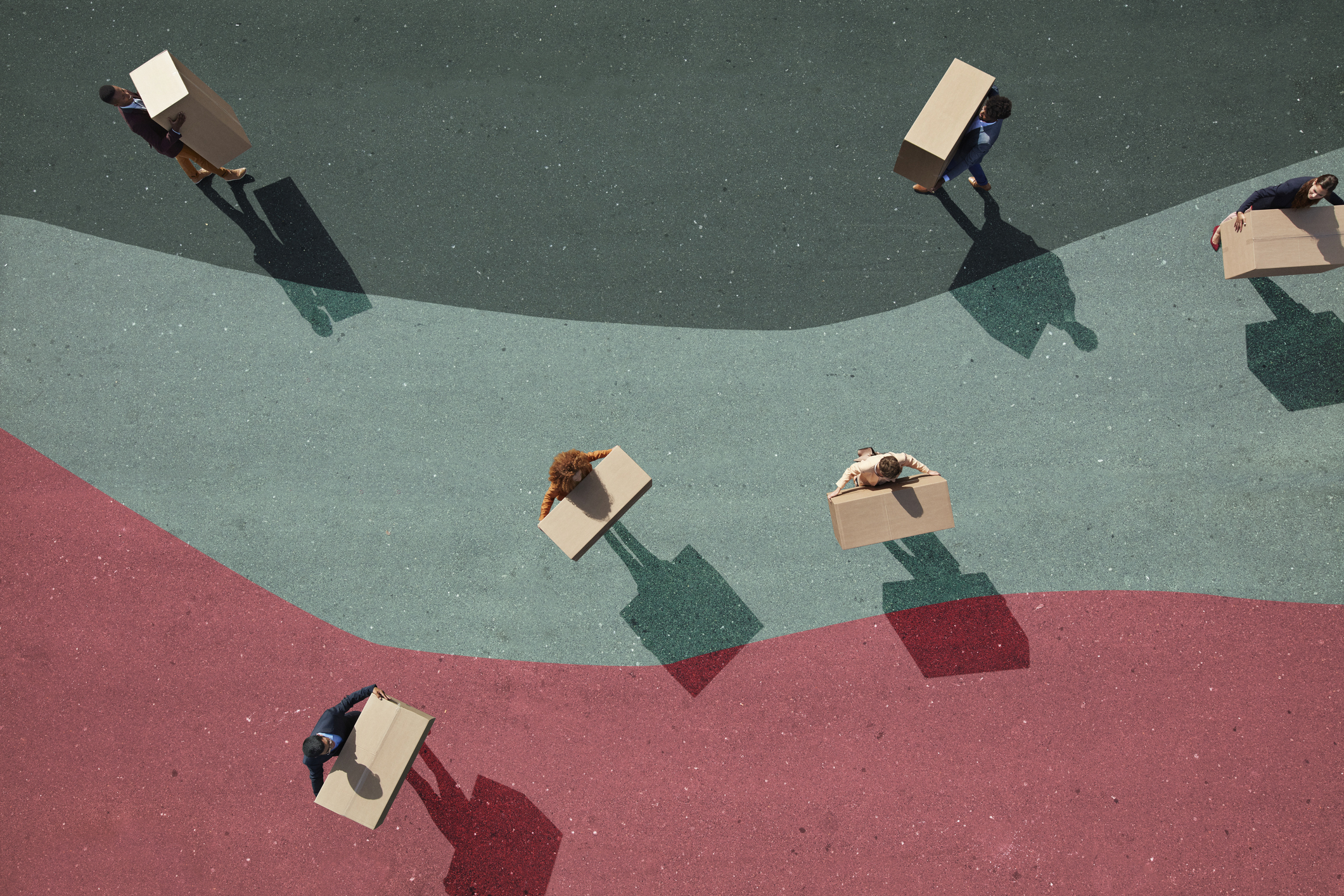Bond Basics: Riding the Yield Curve
The simple relationship between long- and short-term interest rates can tell you a lot about the bond market.


Investors should examine the yield curve for Treasury securities as part of their investment decision-making process. A yield curve is a way to measure bond investors' feelings about risk, and can impact the returns you receive on your investments. If you understand how it works and how to interpret it, a yield curve can even be used to help gauge the direction of the economy.
Yield curves track interest rates across different time periods, from one month to 30 years, giving lenders and borrowers an idea of the cost of money over time. The slope of the yield curve predicts interest rate changes and economic activity. You can use the yield curve to make predictions about the economy to make investment decisions.
Rates on bonds of different maturities behave independently of each other with short-term rates and long-term rates often moving in opposite directions. By comparing long- and short-term bond yields, the yield curve describes future trends in bond returns.
From just $107.88 $24.99 for Kiplinger Personal Finance
Become a smarter, better informed investor. Subscribe from just $107.88 $24.99, plus get up to 4 Special Issues

Sign up for Kiplinger’s Free Newsletters
Profit and prosper with the best of expert advice on investing, taxes, retirement, personal finance and more - straight to your e-mail.
Profit and prosper with the best of expert advice - straight to your e-mail.
What is a yield curve?
A yield curve is a line that plots yields, or interest rates, of bonds that have equal credit quality but differing maturity dates. The slope of the yield curve can predict future interest rate changes and economic activity.
There are four types of yield curve shapes: normal upward-sloping curve, inverted downward-sloping curve, steep and flat/humped.
The normal curve is generally upward sloping — with the rates of one-year bonds a few percentage points below the rates of 30-year bonds — in times of economic growth. The upward slope reflects the added risk of keeping a bond for a longer period of time. The longer a bond's term, the greater the chance that its payments could decrease due to economic risks.
When the yield curve moves to the inverted, humped or flat — it can mean trouble ahead.
Using the yield curve
Yield curves are used as benchmarks for other debt in the market, such as mortgage rates or bank lending rates, and can often predict changes in economic output and growth.
The most frequently reported yield curve is the U.S. Treasury yield curve. It compares the three-month, two-year, five-year, 10-year, and 30-year U.S. Treasury debt. Yield curve rates are available at the Treasury's interest rate websites each trading day. You can find the Daily Treasury Par Yield Curve Rates at the U.S. Department of the Treasury site.
Types of yield curves
Here are four types of yield curves. Each type signals a different turning point in the economy:
Normal Yield Curve. This is the most common shape for the curve, upward-sloping, and is referred to as the normal curve. The normal yield curve reflects higher interest rates for 30-year bonds as opposed to 10-year bonds. As yields increase over time, the points on the curve exhibit the shape of an upward-sloping curve.
A normal yield curve shows low yields for shorter-maturity bonds and then increases for bonds with a longer maturity, sloping upwards. This curve indicates yields on longer-term bonds continue to rise, responding to periods of economic expansion.
Steep Curve. A steep curve indicates that long-term yields are rising at a faster rate than short-term yields. Steep yield curves have historically indicated the start of an expansionary economic period.
A steep curve can be observed when the small percentage gap between the shortest maturity bonds (i.e. three-month T-bills) and the longest maturity bonds (i.e. 30-year Treasury bonds) widens because some economic force causes the short-term rates to drop more than long-term ones. A steep curve often forecasts a faster-growing economy because lower short-term rates make it easier for companies to borrow money to expand their operations.
Both the normal and steep curves are based on the same general market conditions. The only difference is that a steeper curve reflects a larger difference between short-term and long-term return expectations.
Inverted Yield Curve. In normal economic conditions, investors are rewarded with higher interest rates for holding bonds over longer time periods, resulting in an upward sloping yield curve. This is because these longer returns factor in the risk of inflation or default over time. So when interest rates on long-term bonds fall lower than those of short-term bonds, it results in an inverted yield curve.
An inverted yield curve slopes downward, with short-term interest rates exceeding long-term rates. Such a yield curve corresponds to periods of economic recession, where investors expect yields on longer-maturity bonds to trend lower in the future. In an economic downturn, investors seeking safe investments tend to purchase longer-dated bonds over short-dated bonds, bidding up the price of longer bonds and driving down their yield.
Inverted curves may occur as the Fed raises short-term interest rates, and are always followed by economic slowdown. In fact, analysts have viewed inverted yield curves before each of the last five recessions in the U.S.
Flat/Humped Curve. A flat yield curve reflects similar yields across all maturities, implying an uncertain economic situation. A few intermediate maturities may have slightly higher yields, which causes a slight hump to appear along the flat curve. These humps are usually for mid-term maturities, six months to two years. A flattening of the yield curve usually occurs when there is a transition between the normal yield curve and the inverted yield curve.
A humped yield curve occurs when medium-term yields are greater than both short-term yields and long-term yields. A humped curve is rare and typically indicates a slowing of economic growth.
A common fear is that a humped curve signals the beginning of a recession because the yield curve must pass through this intermediate stage in order to become inverted. Although a humped curve does often signal slower economic growth, the primary force behind an inverted curve is investors' favorable expectations of the future. Other factors such as lower supply of long-term bonds may cause the hump to form.
Bottom line
The yield curve is a simple chart, but it offers a world of useful information. If you’re looking to invest in a bond or CD, the yield curve can tell you where to get the most bang for your buck.
The yield curve affects everything from the rate a bank pays you on a certificate of deposit to what it costs to get a car loan or mortgage. And for investors, the shape of the curve can help indicate which way the economic winds are blowing, and whether there could be a recession in the near future.
Related Content
Profit and prosper with the best of Kiplinger's advice on investing, taxes, retirement, personal finance and much more. Delivered daily. Enter your email in the box and click Sign Me Up.

Donna joined Kiplinger as a personal finance writer in 2023. She spent more than a decade as the contributing editor of J.K.Lasser's Your Income Tax Guide and edited state specific legal treatises at ALM Media. She has shared her expertise as a guest on Bloomberg, CNN, Fox, NPR, CNBC and many other media outlets around the nation. She is a graduate of Brooklyn Law School and the University at Buffalo.
-
 4 Great Tools to DIY Your Own Financial Plan
4 Great Tools to DIY Your Own Financial PlanSmart Savings Several tools picked out by Kiplinger that DIYers can use to make their own financial plan.
-
 The 7-Month Deadline That Sets Your Lifetime Medicare Premiums
The 7-Month Deadline That Sets Your Lifetime Medicare PremiumsUnderstanding Medicare enrollment is crucial, as missing deadlines can lead to permanent late enrollment penalties and gaps in coverage.
-
 Retirees Living in Portugal: You Need a Post-NHR Tax Strategy
Retirees Living in Portugal: You Need a Post-NHR Tax StrategyWhen your 10-year Non-Habitual Resident tax break ends, you could see your tax rate soar. Take steps to plan for this change well before the NHR window closes.
-
 The Delayed November Jobs Report Is Out. Here's What It Means for the Fed and Rate Cuts
The Delayed November Jobs Report Is Out. Here's What It Means for the Fed and Rate CutsThe November jobs report came in higher than expected, although it still shows plenty of signs of weakness in the labor market.
-
 What to Expect from the Global Economy in 2026
What to Expect from the Global Economy in 2026The Kiplinger Letter Economic growth across the globe will be highly uneven, with some major economies accelerating while others hit the brakes.
-
 December Fed Meeting: Updates and Commentary
December Fed Meeting: Updates and CommentaryThe December Fed meeting is one of the last key economic events of 2025, with Wall Street closely watching what Chair Powell & Co. will do about interest rates.
-
 The Delayed September Jobs Report Is Out. Here's What It Means for the Fed
The Delayed September Jobs Report Is Out. Here's What It Means for the FedThe September jobs report came in much higher than expected, lowering expectations for a December rate cut.
-
 Shoppers Hit the Brakes on EV Purchases After Tax Credits Expire
Shoppers Hit the Brakes on EV Purchases After Tax Credits ExpireThe Letter Electric cars are here to stay, but they'll have to compete harder to get shoppers interested without the federal tax credit.
-
 October Fed Meeting: Updates and Commentary
October Fed Meeting: Updates and CommentaryThe October Fed meeting is a key economic event, with Wall Street turned into what Fed Chair Powell & Co. did about interest rates.
-
 The Delayed September CPI Report is Out. Here's What it Signals for the Fed.
The Delayed September CPI Report is Out. Here's What it Signals for the Fed.The September CPI report showed that inflation remains tame – and all but confirms another rate cut from the Fed.
-
 The Economy on a Knife's Edge
The Economy on a Knife's EdgeThe Letter GDP is growing, but employers have all but stopped hiring as they watch how the trade war plays out.